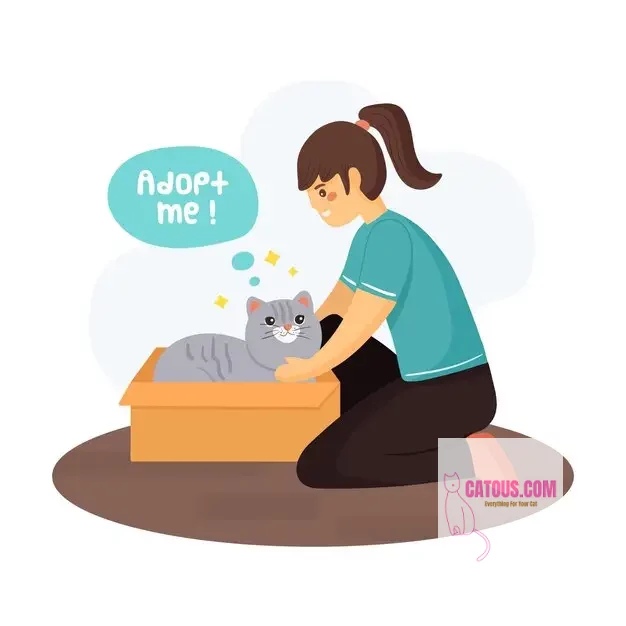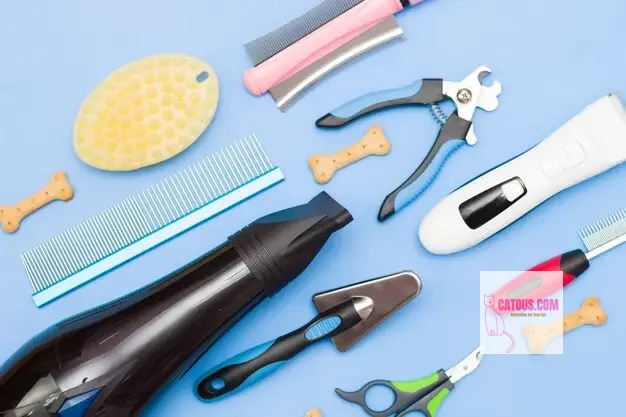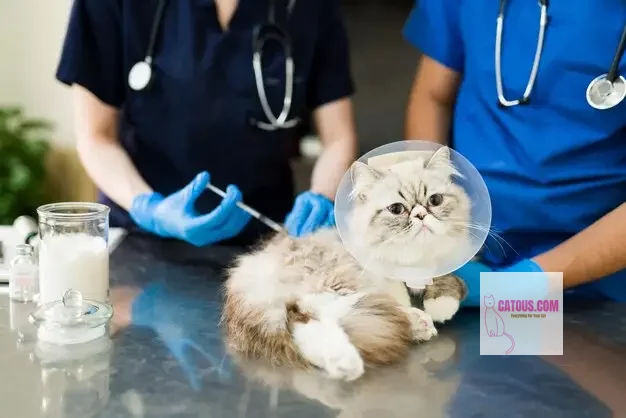Views: 4
kitty Discover the best cat toys that will provide endless entertainment and joy for your beloved furry companion.
Welcome to the world of top-rated cat toys, where we explore the most captivating playthings that will bring endless fun to your feline friend. Cats possess a natural instinct to hunt and play, and providing them with engaging toys not only keeps them physically active but also stimulates their minds. From interactive toys to enticing puzzles, let’s delve into the world of kitty toys and discover the perfect ones for your furry companion.










